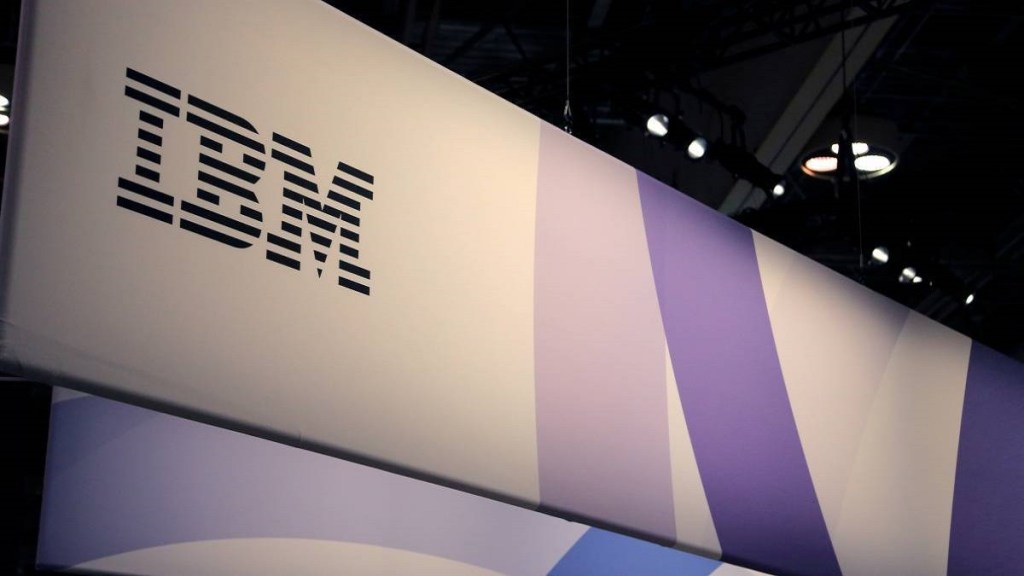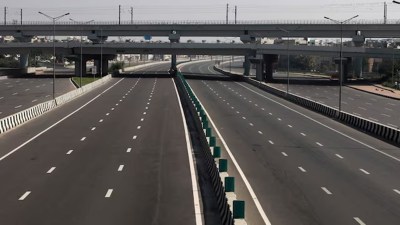The ministry of electronics and information technology (MeitY) has partnered with companies such as Qualcomm, IBM, Mahindra, Minda Corporation, Dell, Kaynes, Lava, boAt, NXP Semiconductors, Saankhya Labs, among 22 firms, across various industry verticals to enable next-generation, high performance electronics system design in the country.
Under the public private partnership (PPP) mode, MeitY on Saturday launched the Digital India futureLABS initiative. The programme will help startups and other companies to develop their own intellectual properties (IPs) and standards with support from industry partners for research and development and other activities.
Sectors such as automotive, compute, communication, strategic electronics and industrial IoT (internet of things), and design and innovation — will be the focus of both the government and the industry to be at the forefront on tech development but also tap into the trillion-dollar market opportunity from the global electronics system design and manufacturing (ESDM) sector.
“The Digital India futureLABS is the final piece in architecture for innovation. It represents an opportunity for Indian startups at the forefront of developing NextGen electronics in automotive, compute, telecom, industrial and strategic electronics,” said Rajeev Chandrasekhar, minister of state for electronics and IT.
On the lines of digital public infrastructure such as Aadhaar, unified payments interface (UPI), Digilocker, the thinking within the government is to open source any kind of technology developments that come from the futureLABS.
“What we expect from the FutureLabs is what emerged from AT&T’s Bell Labs and other laboratories in Albany, such as nanotech. These high-performance systems will be globally competitive, affordable, low-cost and trusted. Openness, safety, and trust are principles we want to build broadly into our digital ecosystem,” Chandrasekhar added.
In a bid to implement the programme, the budget for the same will be met through the research and development (R&D) corpus of MeitY as well as the Center for Development of Telematics (C-DOT), Chandrasekhar said.
For FY25, the R&D budget for IT and electronics is pegged at `1,148 crore. In the interim Budget for 2024-25, the government also announced `1 trillion corpus to offer long-term interest-free financing to encourage research and innovation in sunrise domains of technology.
The government is also soon expected to announce Bharat Semiconductor Research Centre, in collaboration with industry experts and academia, Chandrasekhar said.
Qualcomm India President Savi Soin said, “At Qualcomm, we are looking to create more product companies in India. It’s not only about make in India, it’s also about designing in India and that virtuous cycle is complete if you have both.”
“So, it’s very important — how do we actually nurture these startups, help the larger conglomerate so that they can do more product design right here in India,” Soin added.
Hitesh Garg, vice president and India country manager at NXP Semiconductors, said, “We have progressed quite a lot on chip design in India but do we expand our vision to design systems in the country, and that’s where I see the role of futureLABS.”
From MeitY, Digital India futureLABS will be coordinated by Centre for Development of Advanced Computing (C-DAC).








